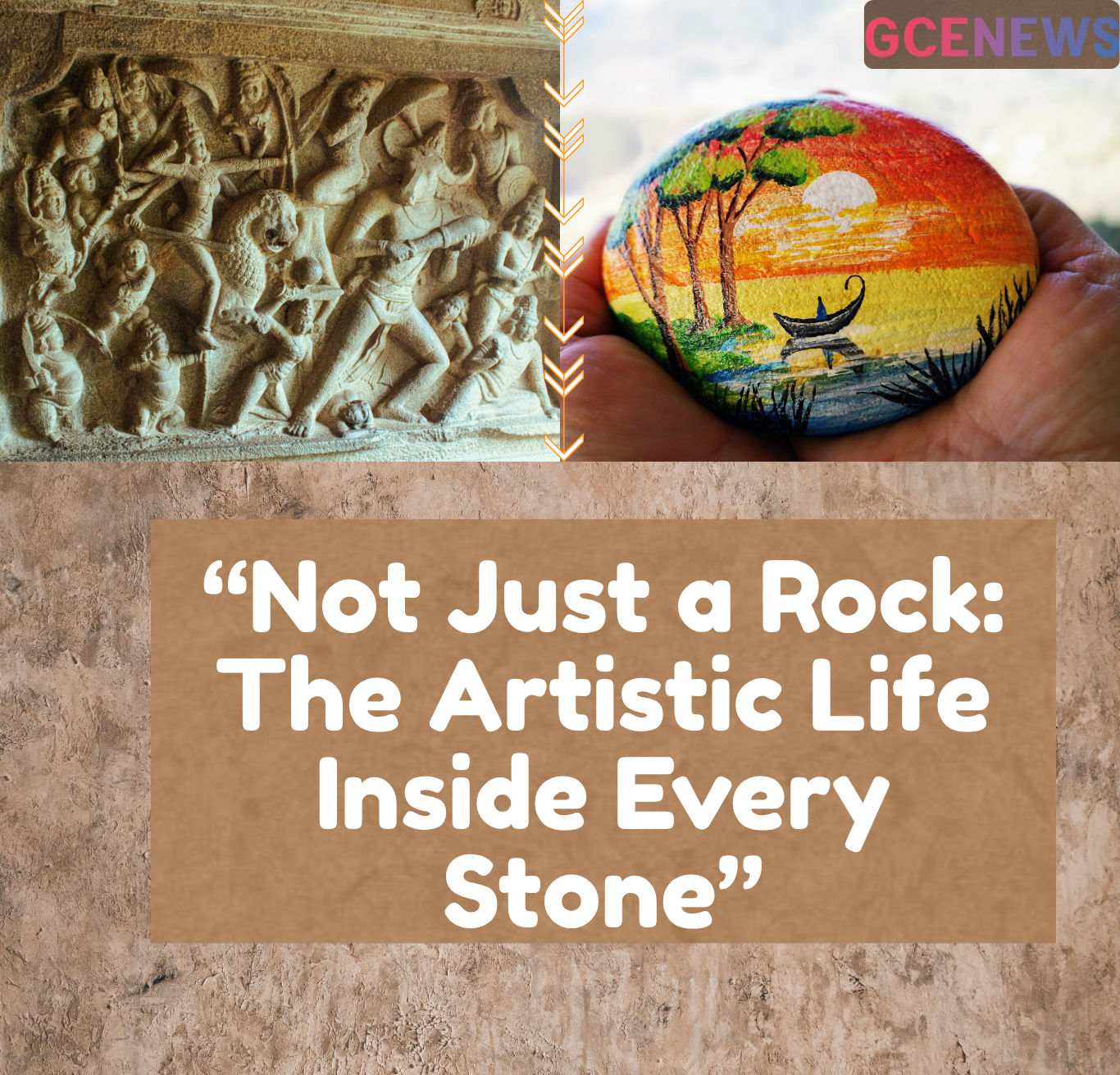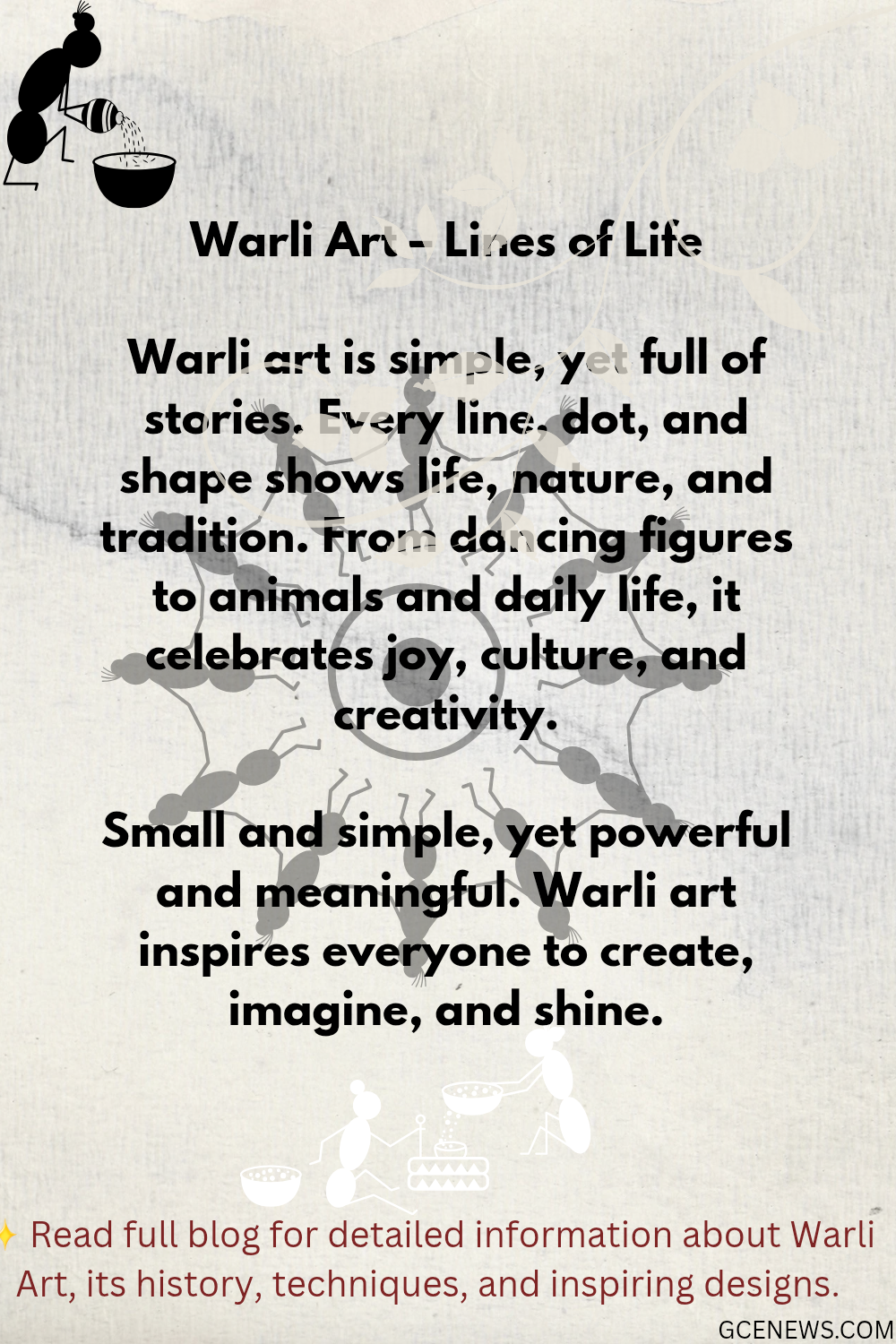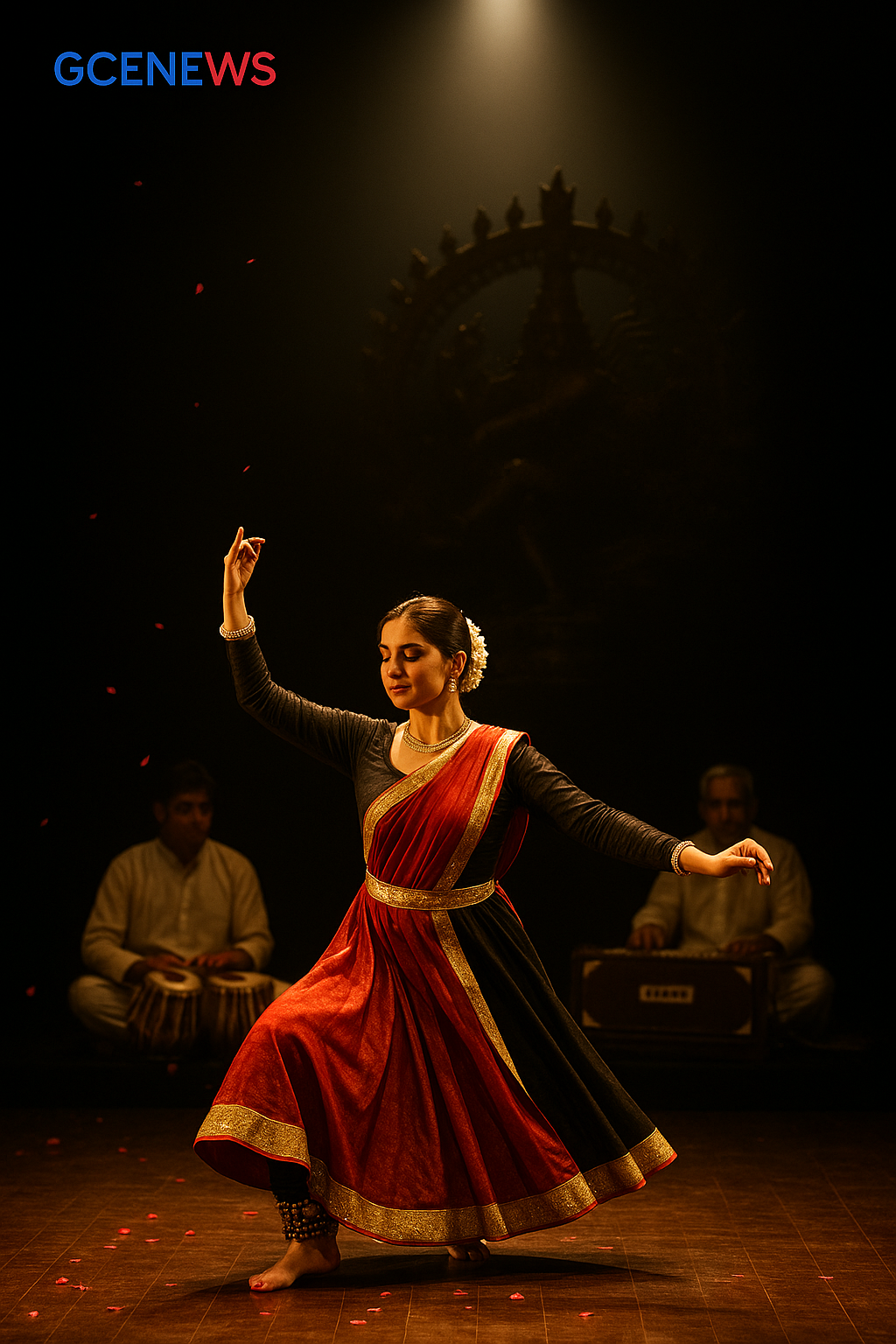“Not Just a Rock: The Artistic Life Inside Every Stone”

Stone Art in India – Stories Written on Stone (Part 1)
Hi guys, I am your writer and well-wisher.
Today, I’m taking you on a small journey — to a world where stones talk!
Have you ever looked at an old temple wall or a big statue and thought,
“How did people make this… and how is it still here after hundreds of years?”
That’s the magic of stone art.
It’s not just carving rocks. It’s like leaving your story behind forever. Even when people are gone, these stones keep talking about them.
Let’s go on a small journey and see how stone art started, how it grew, and where we can see it even today.
When It All Began
Long ago, when there was no paper, no pens, no internet, people still wanted to tell their stories. What did they do?
They started drawing and carving on stones.
At Bhimbetka Caves (Madhya Pradesh), there are drawings that are thousands of years old. People used stones to carve and natural colors to paint.
What did they draw?
- Animals like deer, bison, and elephants.
- Hunting scenes.
- Stick-figure people dancing or working.
These drawings were not just for fun. They were like saying:
“This is who we are, this is what we do.”
Ashoka – The King Who Wrote on Stones
Jump to around 250 BCE. Here comes Emperor Ashoka.
He didn’t just rule the land — he wanted to spread messages of peace, kindness, and love.
How did he do it?
He carved these messages on big stone pillars and rocks. These are called Ashoka Edicts.
What’s amazing?
- They are still standing.
- You can still read them.
- They have survived over 2,000 years.
It’s like Ashoka left his tweets, but on rocks that never fade.
The Golden Time – Gupta Period (4th to 6th Century)
The Gupta period is when stone art became super detailed and beautiful.
- Temples were built with carvings of gods, goddesses, and stories from Ramayana and Mahabharata.
- Artists worked on tiny details — the folds of clothes, the smile of a goddess, even the shape of jewelry.
If you look at these carvings, you’ll wonder:
“How did they make it look so real?”
When Temples Became Stone Stories
From the 7th to 13th century, kings and rulers went big.
They didn’t just make temples to worship — they made stone wonders that showed their power and art.
Some examples that will blow your mind:
1. Ajanta & Ellora Caves (Maharashtra)
These caves were not built — they were cut out of mountains!
- Ajanta has Buddhist paintings and carvings.
- Ellora has 34 caves for Hindu, Buddhist, and Jain art.
- The Kailasa Temple at Ellora is carved from one giant rock. Imagine the patience!
2. Khajuraho Temples (Madhya Pradesh)
Khajuraho temples are famous for their carvings of love, dance, and life.
Every wall is like a comic strip showing how people lived.
3. Konark Sun Temple (Odisha)
This temple looks like a huge stone chariot.
Its wheels are so detailed that they can show time like a sundial.
4. Mahabalipuram (Tamil Nadu)
Sea waves, storms, salty air — nothing has broken these sea-facing stone carvings.
They still stand tall, even after hundreds of years.
5. Hampi (Karnataka)
A whole kingdom made of stone! Hampi’s ruins still feel alive — like you can almost hear the sounds of the past.
But How Did They Do It Without Machines?
This is the biggest question, right?
No cranes, no drills, no JCB machines.
Here’s how they did it:
- They started with simple tools — chisel and hammer.
- First, they would draw rough shapes.
- Then, slowly, they would chip away the stone for fine details.
- It took years, sometimes decades, to finish one temple or statue.
Imagine working every day on one piece of stone — no mistakes allowed!
Why Stone?
Stone lasts forever.
Wood burns, clay breaks, but stone? It survives rain, heat, and time.
For kings, building in stone meant:
“I want my name and my work to live forever.”
Where Can You See These Today?
You don’t need to open a history book. Just visit these places:
- Ajanta & Ellora (Maharashtra)
- Khajuraho (MP)
- Konark Sun Temple (Odisha)
- Mahabalipuram (Tamil Nadu)
- Hampi (Karnataka)
- Elephanta Caves (Mumbai)
Stone Art Today – Still Alive
Stone art didn’t die. It just changed.
- In Odisha, Rajasthan, Tamil Nadu, families are still carving idols and temple decorations like old times.
- Modern artists paint on small pebbles — making cute garden stones, nameplates, or mandala rocks.
- Cafes and homes now use stone murals and wall panels to give a vintage feel.
Why Do People Still Love Stone Art?
Because it’s real and strong.
Every mark on stone feels like a story frozen in time.
Even today, when everything is digital, people love to keep stone pieces as décor or gifts because they feel timeless.
FAQ – Questions People Ask
Q1. Is stone art only about temples?
No, it’s also cave art, old writings, statues, and even small modern stone paintings.
Q2. Did they really make all this by hand?
Yes! 100% handmade with basic tools.
Q3. Where can I see it?
Go to Ajanta, Ellora, Konark, Khajuraho, Hampi, Mahabalipuram.
Q4. Is stone art still made today?
Yes, and not just for temples. People make home décor, gift items, and pebble art.
Q5. Can I try it myself?
Of course! Start with painting on pebbles. It’s fun and easy.
Let’s End Part 1 Here
Stone art is not just history — it’s like India’s diary written on rocks. It tells us who we were, what we believed, and what beauty meant to us.
This was Part 1 — where we learned the history and the story behind stone art.
In Part 2, I’ll share:
- How to try DIY stone art at home.
- Easy designs for beginners.
- Modern trends in stone art.




